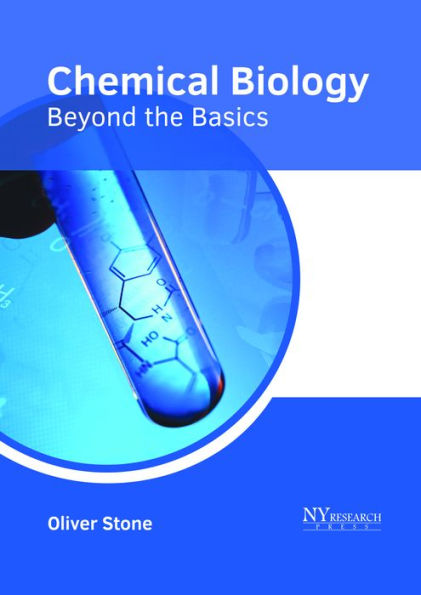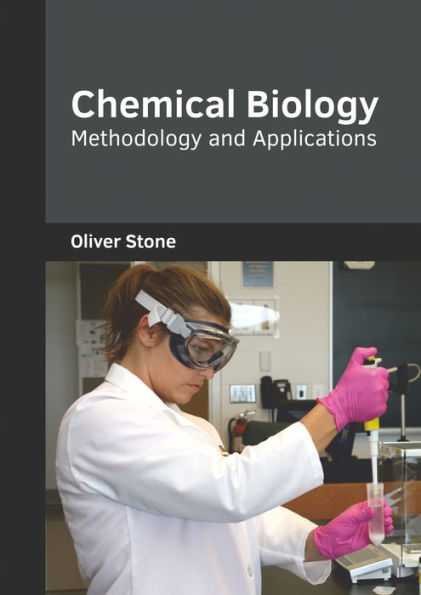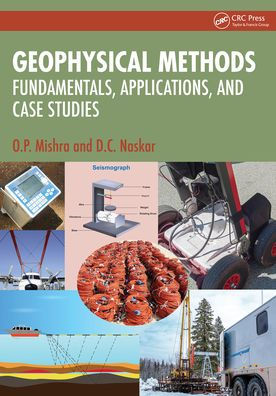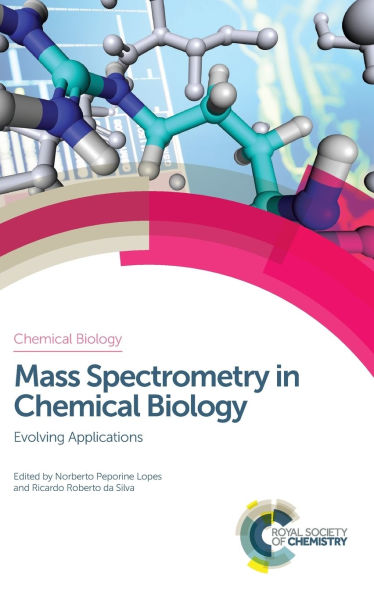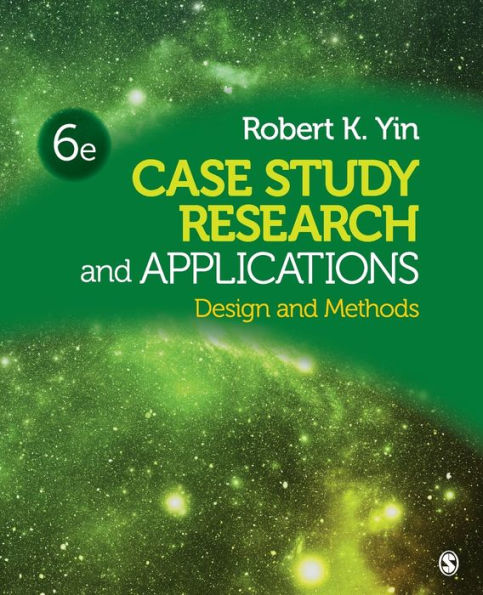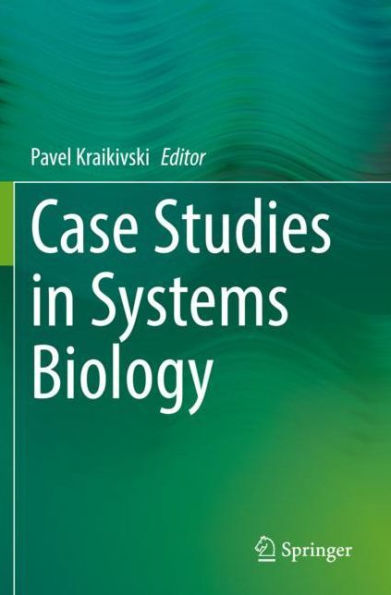Home
Hydrogen Sulfide: Chemical Biology Basics, Detection Methods, Therapeutic Applications, and Case Studies
Barnes and Noble
Hydrogen Sulfide: Chemical Biology Basics, Detection Methods, Therapeutic Applications, and Case Studies
Current price: $250.00
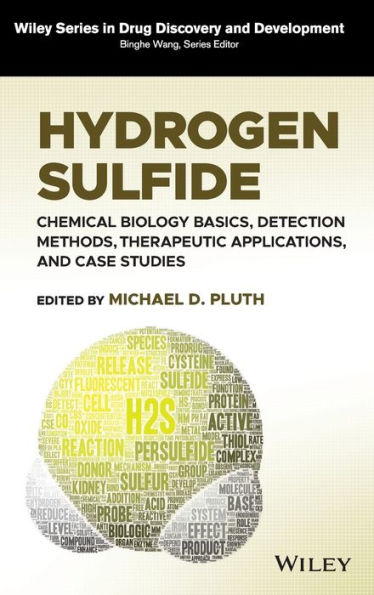

Barnes and Noble
Hydrogen Sulfide: Chemical Biology Basics, Detection Methods, Therapeutic Applications, and Case Studies
Current price: $250.00
Size: Hardcover
Loading Inventory...
*Product information may vary - to confirm product availability, pricing, shipping and return information please contact Barnes and Noble
HYDROGEN SULFIDE
Covers H
2
S interactions, methods of detection and delivery in biological environments, and a wide range of applications
Research on hydrogen sulfide (H
S) spans diverse disciplines including chemistry, biology, and physiology. In recent years, new materials and approaches have been developed to deliver H
S and related reactive sulfur species in various clinical contexts. Although many biological pathways involving H
S are complex, all are governed by fundamental chemical interactions between reactive sulfur species and other molecular entities.
Hydrogen Sulfide: Chemical Biology Basics, Detection Methods, Therapeutic Applications, and Case Studies
provides the foundation required for understanding the fundamental chemical biology of H
S while highlighting the compound’s therapeutic potential and medicinal applications. This book covers key aspects of H
S chemical biology, including the fundamental chemistry of reactive sulfur species; the measurement, detection, and delivery of H
S in biological environments; and the therapeutic and medicinal uses of exogenous H
S delivery in various pharmacologically relevant systems. Throughout the text, editor Michael Pluth and chapter contributors discuss the opportunities and future of the multidisciplinary field.
Provides approaches for delivering H
S with relevance to biological and therapeutic applications
Describes complex interactions of H
S with bioinorganic complexes and reactive sulfur, nitrogen, and oxygen species
Summarizes advances in available tools to detect, measure, and modulate H
S levels in biological environments, such as real-time methods for H
S fluorescence imaging in live cell and animal systems
Helps readers understand known systems and make connections to new and undiscovered pathways and mechanisms of action
Includes in-depth case studies of different systems in which H
S plays an important role
is an important source of current knowledge for researchers, academics, graduate students, and industrial scientists in the fields of redox biology, hydrogen sulfide research, and medicinal chemistry of small biological molecules.
Covers H
2
S interactions, methods of detection and delivery in biological environments, and a wide range of applications
Research on hydrogen sulfide (H
S) spans diverse disciplines including chemistry, biology, and physiology. In recent years, new materials and approaches have been developed to deliver H
S and related reactive sulfur species in various clinical contexts. Although many biological pathways involving H
S are complex, all are governed by fundamental chemical interactions between reactive sulfur species and other molecular entities.
Hydrogen Sulfide: Chemical Biology Basics, Detection Methods, Therapeutic Applications, and Case Studies
provides the foundation required for understanding the fundamental chemical biology of H
S while highlighting the compound’s therapeutic potential and medicinal applications. This book covers key aspects of H
S chemical biology, including the fundamental chemistry of reactive sulfur species; the measurement, detection, and delivery of H
S in biological environments; and the therapeutic and medicinal uses of exogenous H
S delivery in various pharmacologically relevant systems. Throughout the text, editor Michael Pluth and chapter contributors discuss the opportunities and future of the multidisciplinary field.
Provides approaches for delivering H
S with relevance to biological and therapeutic applications
Describes complex interactions of H
S with bioinorganic complexes and reactive sulfur, nitrogen, and oxygen species
Summarizes advances in available tools to detect, measure, and modulate H
S levels in biological environments, such as real-time methods for H
S fluorescence imaging in live cell and animal systems
Helps readers understand known systems and make connections to new and undiscovered pathways and mechanisms of action
Includes in-depth case studies of different systems in which H
S plays an important role
is an important source of current knowledge for researchers, academics, graduate students, and industrial scientists in the fields of redox biology, hydrogen sulfide research, and medicinal chemistry of small biological molecules.
